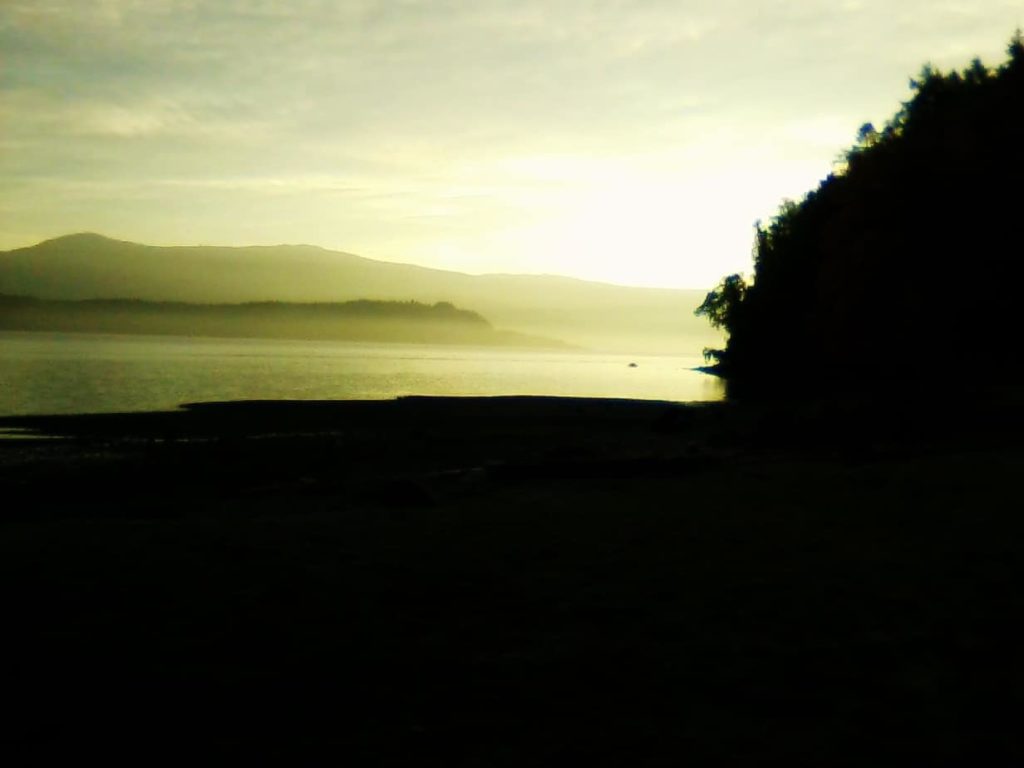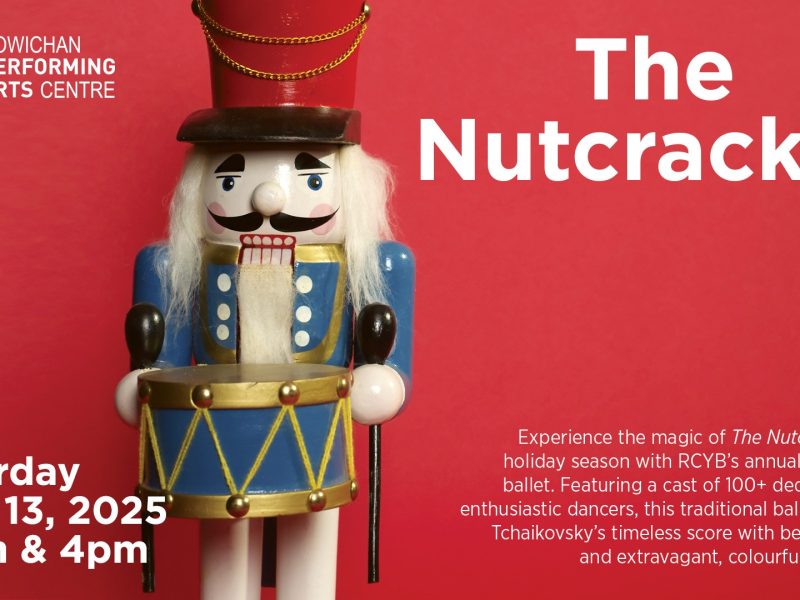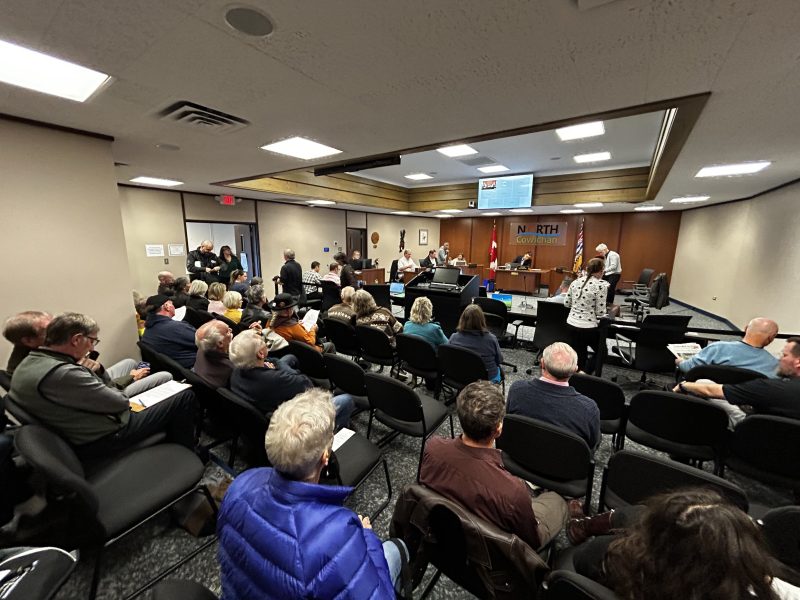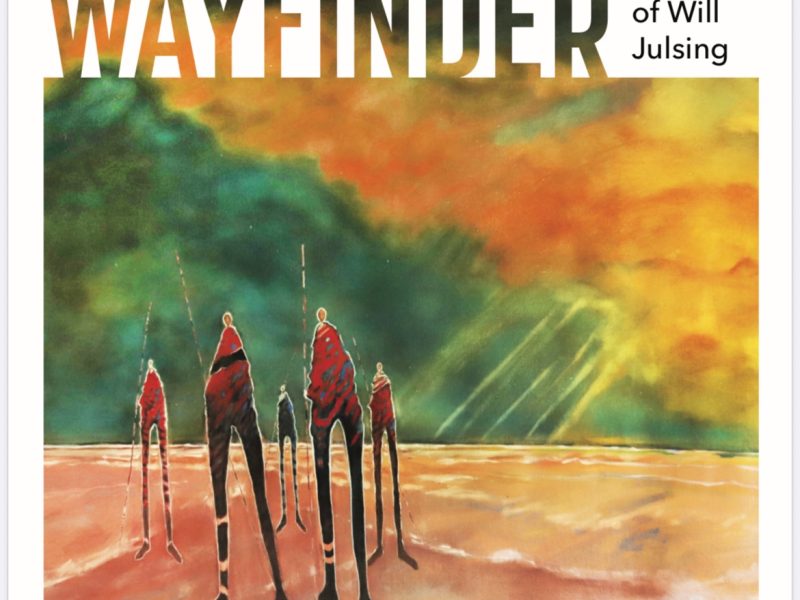
This article is from The Discourse’s Cowichan Valley newsletter. Sign up to get it in your inbox.
My name is Jared Qwustenuxun Williams. Here’s a note from Jacqueline Ronson on why she decided to hand the reins over to me today:
“I’ve heard from readers, both Indigenous and non-Indigenous, that they want more stories about local First Nations history and culture. Many have told me that they are eager to learn and build bridges, but are unsure where to start.
In response, I reached out to Jared Qwustenuxun Williams to write this newsletter. (Here’s a pronunciation guide.) You can read more about who he is in this Q&A. We want this newsletter to be just the first of many that Qwustenuxun writes.
As with everything we do at The Discourse Cowichan, our community makes our work possible. And so, I’m hoping you’ll help by making a one-time contribution so we can hire Qwustenuxun on an ongoing basis to respond to your questions and curiosities about Indigenous issues here in Cowichan. Back to you, Qwustenuxun.”
Thanks, Jacqueline. My mission today is to answer a question sent in by a reader of The Discourse Cowichan. I’ll use a few Hul’q’umi’num words in my answer — there’s a language guide at the bottom of this email. A reader asked this:
Why is there so little interrelations between the Indigenous community and the supposedly European or white community in Duncan?
I gotta admit, I started writing an answer to this question and the next thing I knew I’d written a near play-by-play of the history of interaction between Canada and the Cowichan Nation. I had to stop at 1,300 words because I could have just gone on forever.
This issue is so complex that it could be written into a book and we’d still be leaving parts out. But I can summarize what I feel are the contributing factors to the lack of interrelations between the hwulmuhw and the hwulunitum’ community in Duncan.
Living two lives
To live a hwulmuhw life is to live two lives simultaneously. One is rooted in the Western world where we have to work to make money to pay bills for the things we need. The other is the Salish world where we have to attend ceremonies, memorize genealogy, practice Hul’q’umi’num, and constantly reciprocate generosity, to gain and maintain honour.
And in the hwulmuhw world honour is everything. So, many of us are forced to decide where to spend our time. Keep in mind that most activities that are included in Salish culture are systematically separated from hwulunitum’ society.
Since contact in the 1850s Salish culture has been forced underground for fear of having our artifacts stolen and our spiritual people being arrested. Hul’q’umi’num slipped away as some families no longer taught their children the language as a way to protect them from suffering in residential school.
For generations the Salish world was forced to operate in snowy winters and on small isolated islands, both places that the Indian agents wouldn’t travel. The divide that was created at contact was only further exacerbated by the years of colonization.
It’s common to be told by elders not to share certain things with non-Indigenous people. We have become a very secretive and elite society as a defense mechanism to protect ourselves from colonization.
A system to keep us apart
It’s like the system was set up to keep us apart. To practice Salish culture we go to places where hwulunitum’ can’t go. And as a result of our complicated past many don’t have the desire or the time to live a social life in the Western world. So it’s left this huge gap between the two worlds. Before we can begin to mend this divide we must fully understand that it’s only been a decade or two since Indigenous people gained many of the rights inherent to all Canadians.
The potlatch ban stopped in the ‘50s, Indian hospitals stopped in the ‘60s, segregation stopped in the ‘70s, residential schools closed in the ‘90s. I am the first generation to not have to go to residential school or face segregation.
The healing will take time and perhaps what Salish people, and First Nations people in general, need most right now is the time and space to figure out life after genocide.
Great question. What other questions do you have? Let me know in the form below.
Huy ch q’u nu xews siiyeyu,
Qwustenuxun, grandson of Qwustaanulwut [end]
Hul’q’umi’num language guide
- Hul’q’umi’num – the language of the Cowichan Nation
- hwulunitum – non-First Nations people (plural)
- hwulunitum’ – non-First Nations person (singular)
- hwulmuhw – First Nations person (singular)
- Ni untsu tu hwulmuhw? – Where are the First Nations people?
- huy ch q’u – thank you (singular)
- xews – new
- siiyeyu – friend



